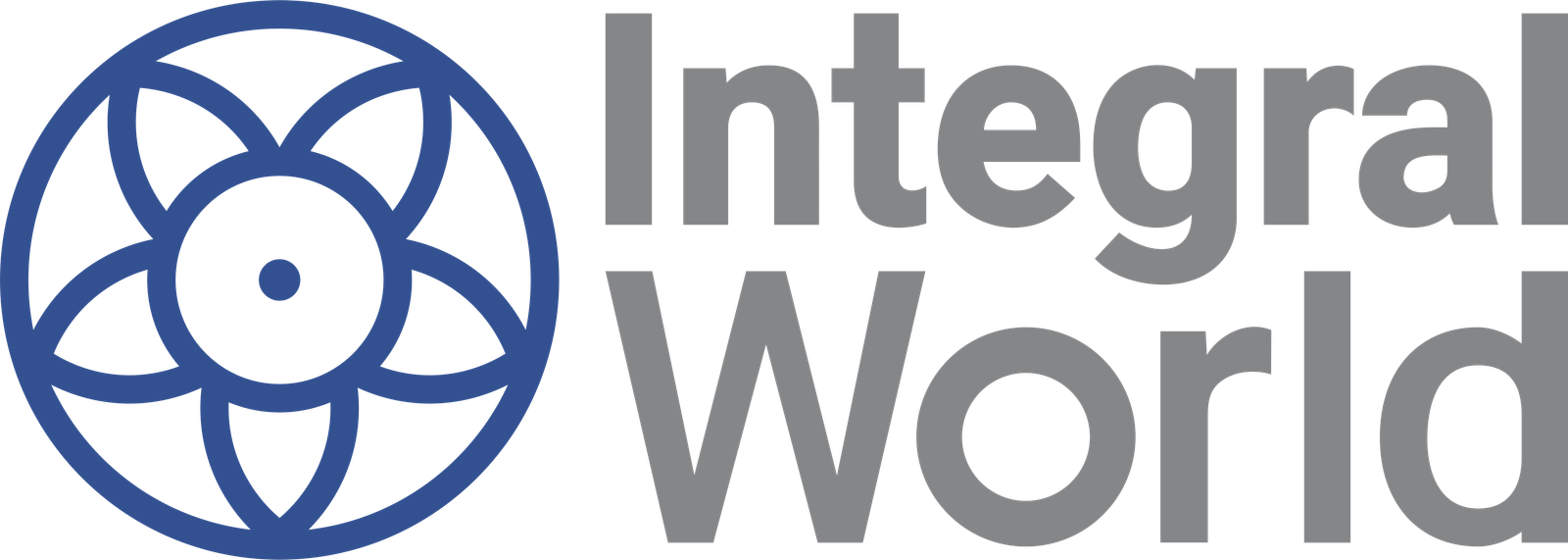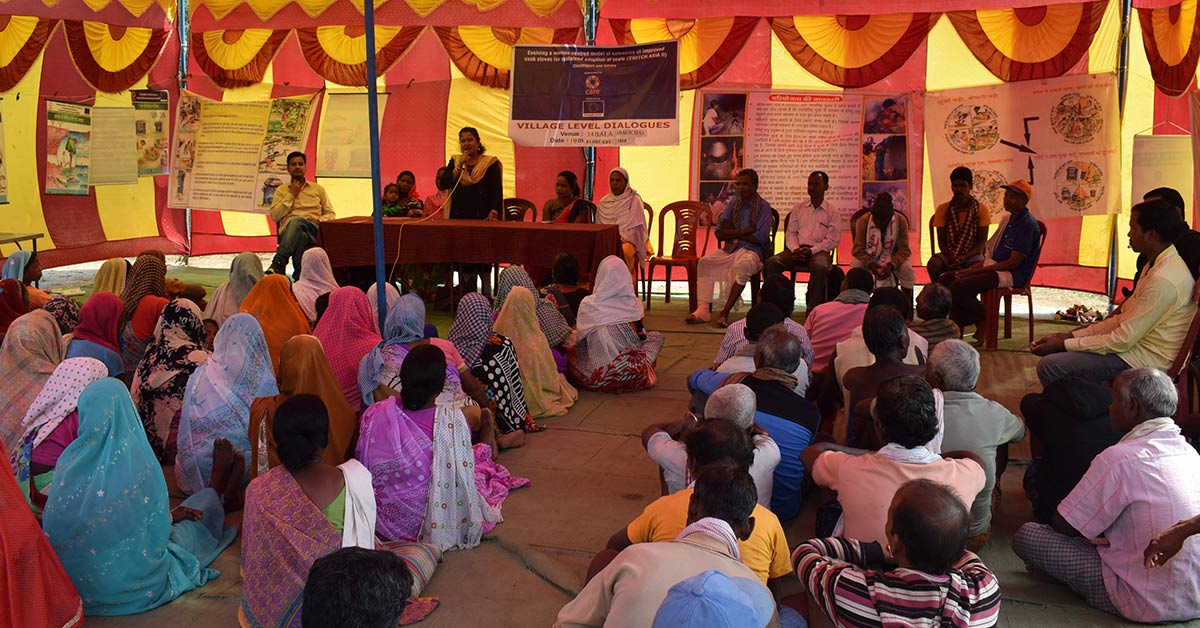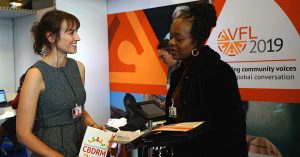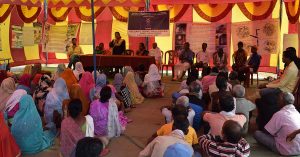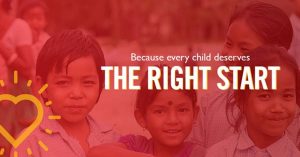Alleviating poverty via ensuring access to clean energy
With 70% of India’s population still living in villages, poverty continues to a critical factor affecting human development. Coinicident with this deprivation is energy poverty, with 45% of the population currently denied access to energy. Ensuring access to energy can go a long way in alleviating poverty and is an indispensable element of human development. However, it is important to consider that health is another critical concern for human society today. The focus therefore shifts from merely ensuring access to energy to providing access to clean energy. The urgency of this shift is underscored by the singular fact that more than 1.2 million people die prematurely every year in India as a result of exposure to smoke from traditional cook stoves.
Over 145 million Indian households use traditional cook stoves fuelled by biomass (e.g. wood, dung, forest products). Not only does the use of biomass significantly impact women’s health due to exposure to household air pollution (HAP), it increases pressure on local natural resources, and also forces women and children to spend hours collecting wood. Reliance on biomass for cooking and heating also leads to environmental degradation, while inefficient cooking contributes to climate change through emissions of greenhouse gases and aerosols.
A switch to improved cook stoves (ICS) from a traditional, polluting cook stove can improve the quality of life of women and enhance their social, economic, and environmental well-being. While the use of ICS offers a one-stop solution to these multiple issues, a complex combination of factors like cooking traditions, intra-household distribution of incomes and gender dynamics, culture, religion, and affordability affects their sustained adoption and use across the country. There is a need for a women-centered model of ICS extension that enables sustainable adoption backed by a strong and inclusive value chain.
“Earlier, cooking with the traditional stove was a stress for me. I had a lot of itching in my eyes due to smoke, has to spend long hours in cooking and struggle to clean the blackened utensils. But with the new ICS, cooking becomes easier and cleaner. The smoke goes out through the chimney and the kitchen is free from smoke.”
Banti Dharua, SHE Champion
Enabling the transition to clean energy use
CARE India’s SWITCH-Asia II Improved Cook Stove (ICS) initiative, locally called BACHAT, was started in January 2016 as an attempt to evolve a Women-centred Model of Extension of ICS for Sustained Adoption at Scale. The initiative is working directly with 10,000 women and their family members from Forest Dependent Households (FDHs) of 107 villages in the Indian States of Chhattisgarh and Odisha. To enable this switch the initiative adopts an incremental approach to increase the awareness of women on clean energy options for household use, facilitate acquisition of ICS financial and technical inputs, and influence men and other stakeholders in the ICS ecosystem in being supportive of women’s endeavors for clean energy transition. The initiative puts women using cook stoves at the centre of ICS testing and selection, allowing them to take charge of addressing the constraints hampering sustained adoption forming Sustainable Household Energy (SHE) Schools.
“The switch to using clean energy options can have a significant impact on health and climate change outcomes. Encouraging women in FDHs to use options such as ICS through the various communications channels used in the training sessions is important as this empowers these women to make impactful choices for themselves and their families.”
Rekha Panigrahi, Project Manager (SWITCH-Asia II project), CARE India
Integral World collaborated with CARE India in strategising and planning the different interactive tools that the SHE Champions could use, via providing engaging content and activities highlighting the concept of improved cook stoves (ICS). By encouraging and supporting a culture of learning and adaptation, we enabled communities to make good management decisions in terms of transitioning to clean energy alternatives.
The use of cookstoves has much to do with cultural practices and attitudes, which can vary across geographic regions. Comprehending a community’s complex cooking tradition is therefore essential prior to ideating communication solutions which promote clean stoves. Our interactive tools were aimed at creating awareness among the women in FDHs about improved cookstoves and their uses, as well as the advantages in using them instead of traditional cooking methods. This in turn would help build these women’s capacity significantly, through the Sustainable Household Energy (SHE)-Schools platform, besides providing them intensive training with on-field support in running the SHE-Schools.
Accelerating the adoption of ICS: the 4As approach
In our approach towards the project, we focused on four key elements that most affected the adoption of ICS, which we called the 4As, viz. Awareness, Availability, Access, and Affordability.
Awareness
The awareness challenge involved not just the women and families in the project villages but with the broader ecosystem impacted by ICS adoption. Educating the women and enabling them make informed choices about adopting ICS, besides running the SHE-Schools, was the core priority. However, for the sessions to have impact, a broad change in user habits as well as familiarity with the ICS and their benefits is required. A mixed methodology of classroom deliberations and on-field practical exercises like cooking sessions would be more helpful in understanding benefits of ICS.
Availability
Understanding the availability of ICS would require the families to gain experience with the stoves and learn how to manage the transition by exploring and experimenting with clean energy options. Adopting ICS would be easier in an environment where its functionality, “smokelessness”, and ease of use were well known to the women as well as their families.
Access
Involving the broader ecosystem is also necessary in order to ensure continued access to the clean energy option offered by the ICS. Promoting ICS products, supporting ICS manufacturers and distributers, and strengthening women entrepreneurs and other stakeholders to ensure a favourable ICS adoption climate will go a long way in sustaining the transition to using ICS.
Affordability
A critical challenge is conveying to people the affordability of a range of clean energy options, and thereby providing empowered choices in terms of price and design of ICS as well as local production and sustainability. Adoption can also be encouraged via emphasising additional benefits such as women’s entrepreneurship for additional income generation.
The above research and thought process helped us indentify the right tools. We thus developed a “Facilitator’s Guide” which would help designated SHE Champions conduct fortnightly sessions in SHE schools through a programmatic curriculum comprising 30 session modules. These modules cover such aspects as benefits of clean energy; practices and adoption; impact of clean energy on health, economy, social status and environment; benefits of switching to ICS; and how to take informed decisions relating to cooking practices good for the family. These guides would then be used in the 150 SHE schools in the project villages.
We envisioned this guide as an interactive tool for SHE Champions and animators which contained key messages about improved cookstoves, combining textual and pictorial presentations. This, we felt, would enable communities to decide on and manage the transition to using clean energy options through encouraging and supporting a culture of learning and adaptation.
Designing the Sustainable Household Energy School Facilitator’s Guide
The first step for us in bringing the guide to life was creating an instantly recognisable SHE-school branding – a logo that would pictorially depict the transition from traditional to improved cookstoves. The next step was shaping the content around the central participants – the empowered rural women who were trained to become SHE Champions. Our guide revolved around such a woman, whom we saw as a mascot championing the transition, an influencer and a change-agent for clean energy.
The Guide itself described the various session modules visually, in neat chapters, which facilitators can themselves easily understand and implement. The visuals involved the SHE champion, our mascot, as well as icons and info-graphics symbolizing the topics. Breaking down the learning objectives and key messages, and reemphasising them in each session was also encouraged.
“Creating illustrations and visuals may be standard fare for an illustrator, but designing the SHE school mascot was a unique opportunity at seeing the world through an entirely different – and entirely empowering – perspective.”
Debasmita Dasgupta, Illustrator
Measuring the transition and transformation
The facilitator’s guide proved to be an integrated tool for the smooth implementation and running of SHE Schools. Milestones for the 30 sessions outlined in the guide include enabling women from FDHs to identify ICS options to suit their needs, by price and design; adopt appropriately developed products which in turn improve health outcomes; and take informed decisions to procure and use ICS. The sessions are also aimed at sensitising men and key ICS supply chain stakeholders to respond to women’s needs for appropriate cooking solutions, and building a strong and inclusive ICS value chain. All of this put together would help achieve a women-centred model for clean energy transition that can be disseminated for wider replication.
“Change is possible in many ways, and every change has a starting point. Taking one ‘stove’ at a time will lead to a greater impact.”
Ramesh Sahu, businessman, SHE Champion
The BACHAT project targeted promoting the sustainable adoption of ICS by more than 10,000 women from FDHs, besides developing a sustainable ICS adoption model which could then be replicated among 800 million rural households across the country. This effort also involved interactions with local government officials such as representatives from the state forest departments, as well as organising buyer-seller meets involving manufacturers and distributors of ICS.
Replicating success
Going beyond the project villages, the project aimed to create broader awareness about ICS through 200 Self Help Groups (SHGs) based on the situational analysis findings and a baseline study. Such awareness building will also promote the selection of suitable ICS options and developing new ICS options for testing and adoption as necessary. Replicating the BACHAT model will also require training and developing SHE Champions by using our communication tools and interactive sessions and supporting them in organising SHE-Schools in their regions. A further encouragement for adopting ICS can be provided by designing exclusive credit products which can be offered by local microfinance institutions (MFIs), which can be communicated to the women through awareness campaign drives.
Ecosystem-level measures to further promote adoption of ICS should include sensitising key supply chain stakeholders to support appropriate cooking solutions, providing business development and technical training to women entrepreneurs, and facilitating enterprise linkages with market actors. As seen with the BACHAT project, engaging with local policymakers, by utilizing policy briefs as evidence-based advocacy as well as through sustained interactions.
Keywords: Improved Cook Stoves, Forest Dependent Households, energy poverty, clean energy, traditional cook stoves, biomass, environmental well-being, women-centered model, Sustainable Household Energy, SHE Champions, Awareness, Availability, Access, Affordability
